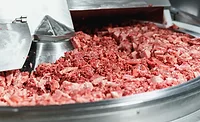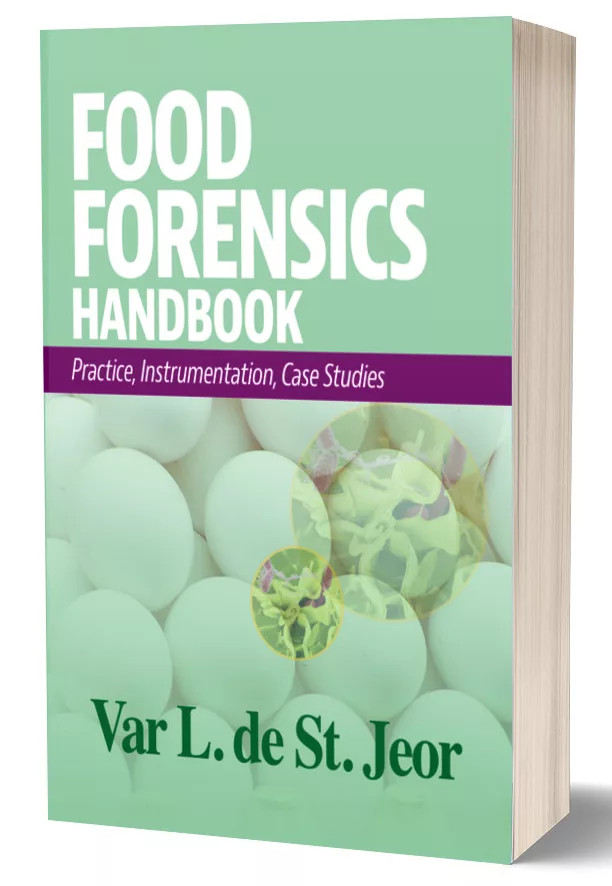Three Spreadable Cheese Production Challenges – and How to Solve Them

What are the main production challenges facing spreadable cheese producers? And what is the best way to tackle them? We asked Tetra Pak experts Erik Börjesson and Kamila Lopes Abelha for some useful tips.
Challenge 1: How do you keep up with market demand for a healthy, high-quality product—but at low cost?
Research indicates that consumers want their spreadable cheese to be healthy and nutritional, with reduced fat content and a “clean label,” meaning low levels of preservatives and additives. They also desire the perfect mouthfeel, a delicious texture, and an attractive price tag.
Mission impossible? Actually, not.
Solution: Simplify your ingredient stream to achieve high quality at lower cost.
Maintaining high nutritional and low-fat content at a competitive cost requires a simplified manufacturing process that gives you full ingredient control while generating fewer leftovers in the form of nutritional protein.
One way to achieve this is to reduce fresh ingredient use and instead use 100 percent recombined ingredients. You can, for example, replicate fresh milk with functional milk proteins originating from skimmed milk powder, whey protein, and butter fat.
Looking for quick answers on food safety topics?
Try Ask FSM, our new smart AI search tool.
Ask FSM →
“The right blend of butter fat with different vegetable fats will help you to achieve your desired mouth feeling and viscosity,” says Börjesson. “Functional milk proteins can also boost creaminess—independent of recipe fat levels—and are the key building block in the nutritional value of your spreadable cheese.”
You will also need emulsifiers to help promote the right texture. Emulsifiers balance creaminess versus firmness and also avoid stickiness. Stabilizers like carrageenan give you control of spreadability, while adding cheese powders or enzyme modified cheese will boost your product’s cheese flavor.
With the right choice of mixer to give you exactly the blend you need, you are well on the way to meeting your product goals—and hitting the consumer’s sweet spot.
Challenge 2: What are the secrets to achieving optimal product quality?
Consumers have high demands when it comes to spreadable cheese. They expect a perfect appearance, taste, texture, spreadability, and mouthfeel. Your product needs all of these to stand out on the shelf.
Achieving the desired product quality and avoiding pitfalls like lumps and grittiness involves a complex interplay between the blend of ingredients you use and your processing equipment. Here are a couple of ways that can help you to get it right.
Solution: Use smart mixing for a lump-free product
Many spreadable processed cheeses are made from powder recombination, meaning milk and other functional ingredients in powder form. Here, the trick is to ensure effective emulsification and suspension—the two critical steps to achieving a perfect and lump-free mixture powder.
Full dissolution of all powders is essential—as is good fat emulsification—while fat droplet size is critical to giving your product its desired stability, texture, and taste.
For this, you will want to consider a high shear mixer with a rotor stator function. Such mixers have a rotor stator at the base that ensures very effective dispersion of powders into liquids.
In such a mixer, blades underneath the rotor push the mixture towards the perforated stator, creating the high shear forces needed to dissolve ingredients completely and avoid lumping and foaming.
“A high shear mixer gives you freedom to tailor-make ingredient combinations that will always ensure the same high-quality end-product,” says Erik Börjesson, Tetra Pak line solution manager. “It takes fresh ingredient quality and their seasonal variations out of the equation.”
Challenge 3: How do you meet increasing demand for single-portion packs that promote convenient snacking?
On-the-go snacking and convenience in home cooking require shelf-stable products in ambient packaging. For this, your line will require ultra-high temperature treatment, with aseptic packaging in cartons rather than hot filling in plastic cups.
Solution: Include a coiled tube heat exchanger in your line
Heat-induced stress can have a major impact on the texture, color, and taste of spreadable cheese because exposure to high temperatures triggers chemical and oxidation reactions that can degrade the product.
It is, therefore, an advantage if you can achieve commercial sterility as fast as possible, and thus minimize the total heat load on your product.
A coiled heat exchanger is the best choice for this task, capable of doing the job in less than half the time of some industry-standard models. It is designed to heat spreadable cheese faster, thereby exposing it to a much lower total heat load.
“We have tested several heat exchangers with high viscous spreadable cheese products, and the outcome is clear. A coiled tube heat exchanger is the preferred choice,” says Tetra Pak’s Kamila Abelha.
This is because the coils in a coiled tube heat exchanger create a physical force known as the “Dean effect,” which increases heat transfer intensity.
The Dean effect allows you to heat-treat your product faster, better preserving its quality and nutritional value.
Tetra Pak provides safe processing and packaging solutions for the food industry.








